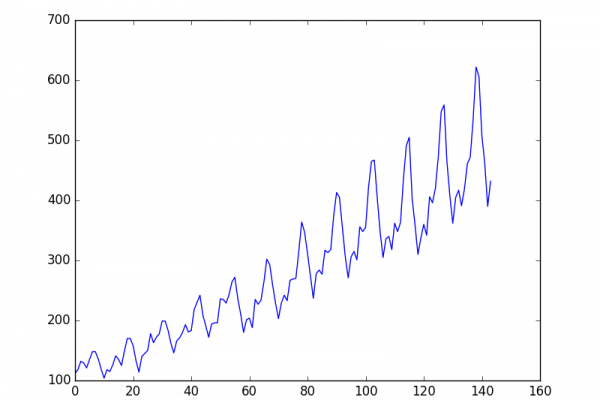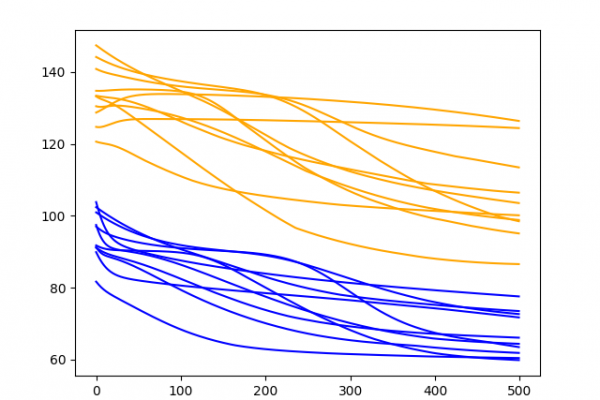Time Series Prediction With Deep Learning in Keras
Last Updated on August 28, 2020 Time Series prediction is a difficult problem both to frame and to address with machine learning. In this post, you will discover how to develop neural network models for time series prediction in Python using the Keras deep learning library. After reading this post you will know: About the airline passengers univariate time series prediction problem. How to phrase time series prediction as a regression problem and develop a neural network model for it. […]
Read more








